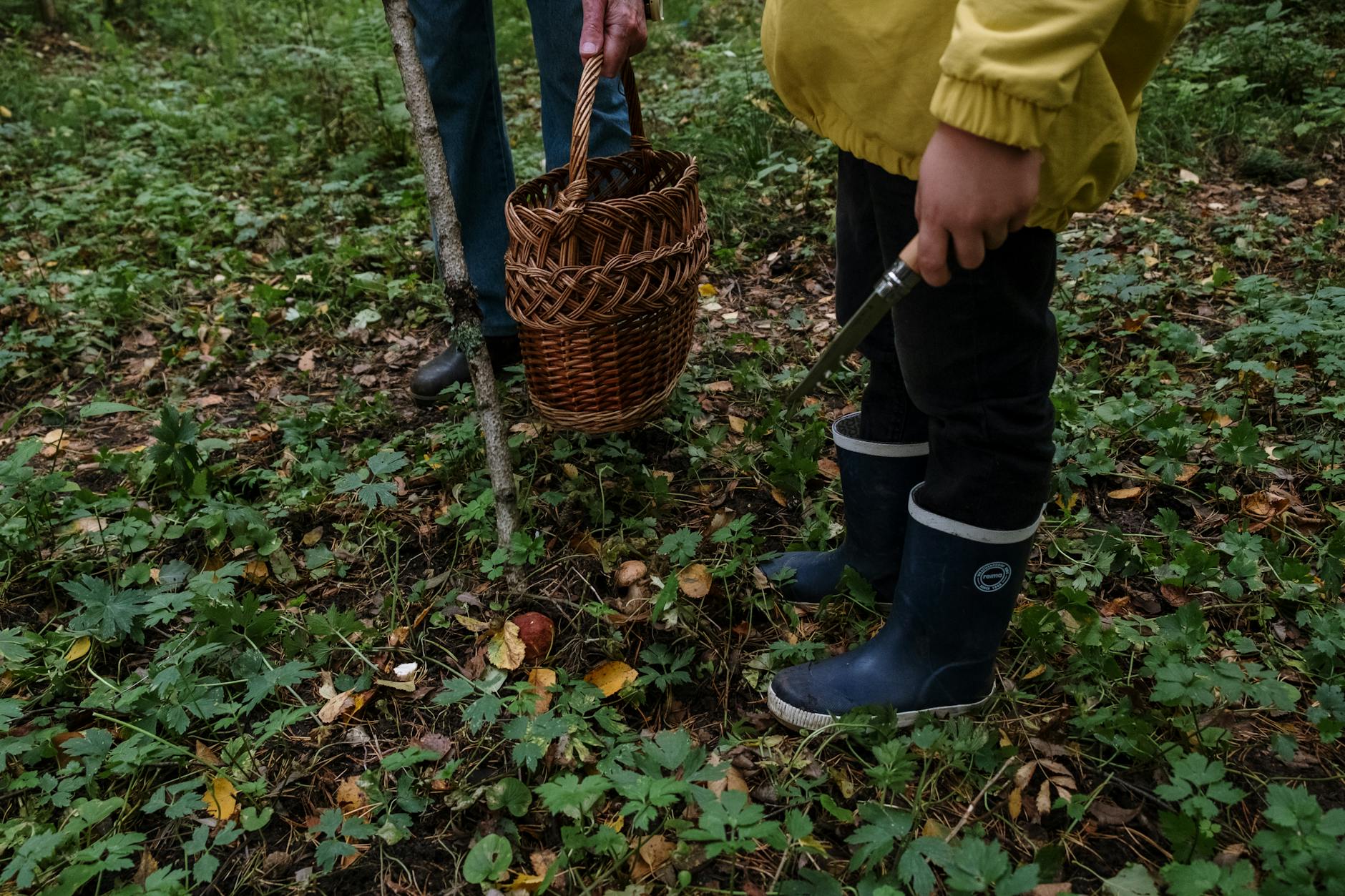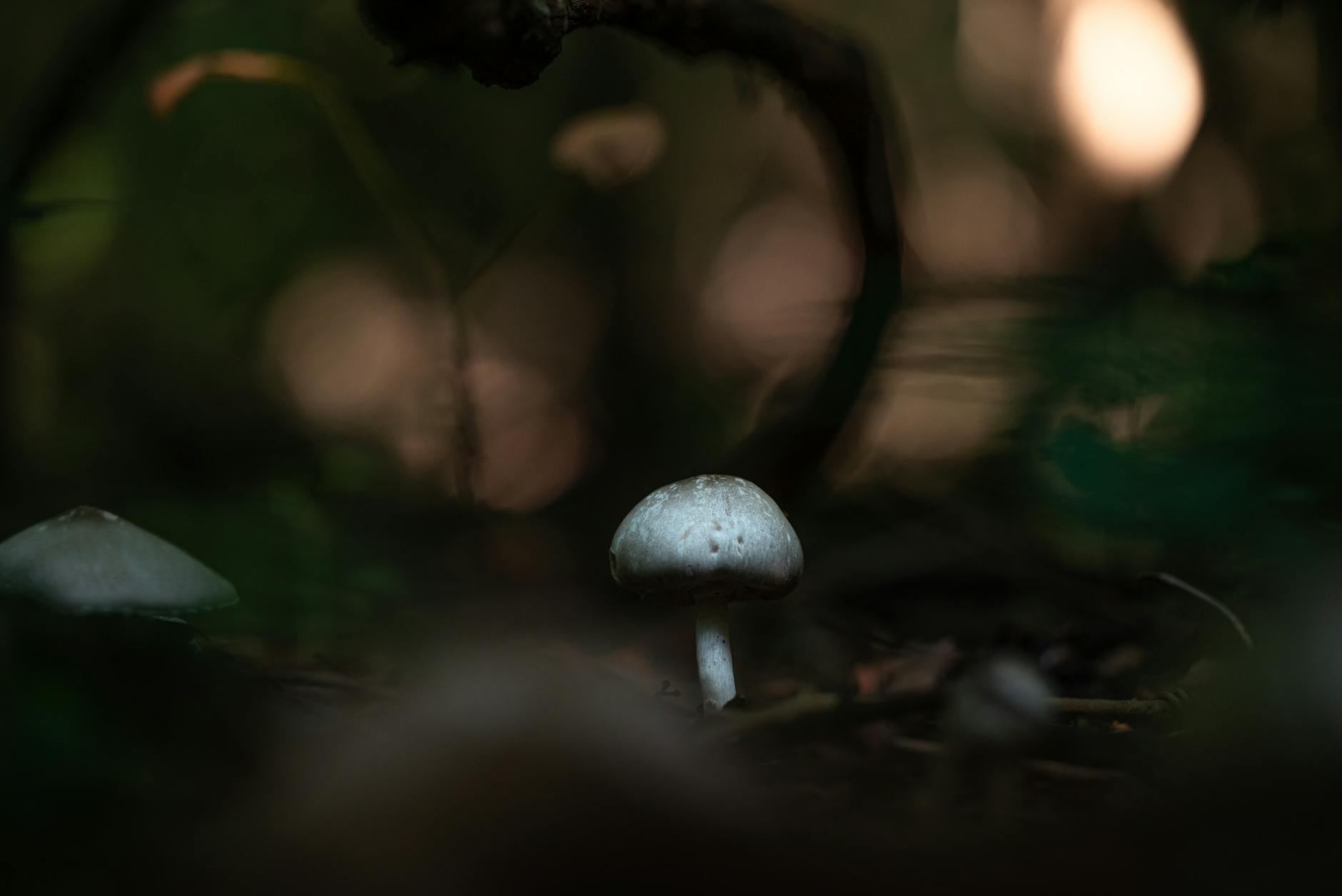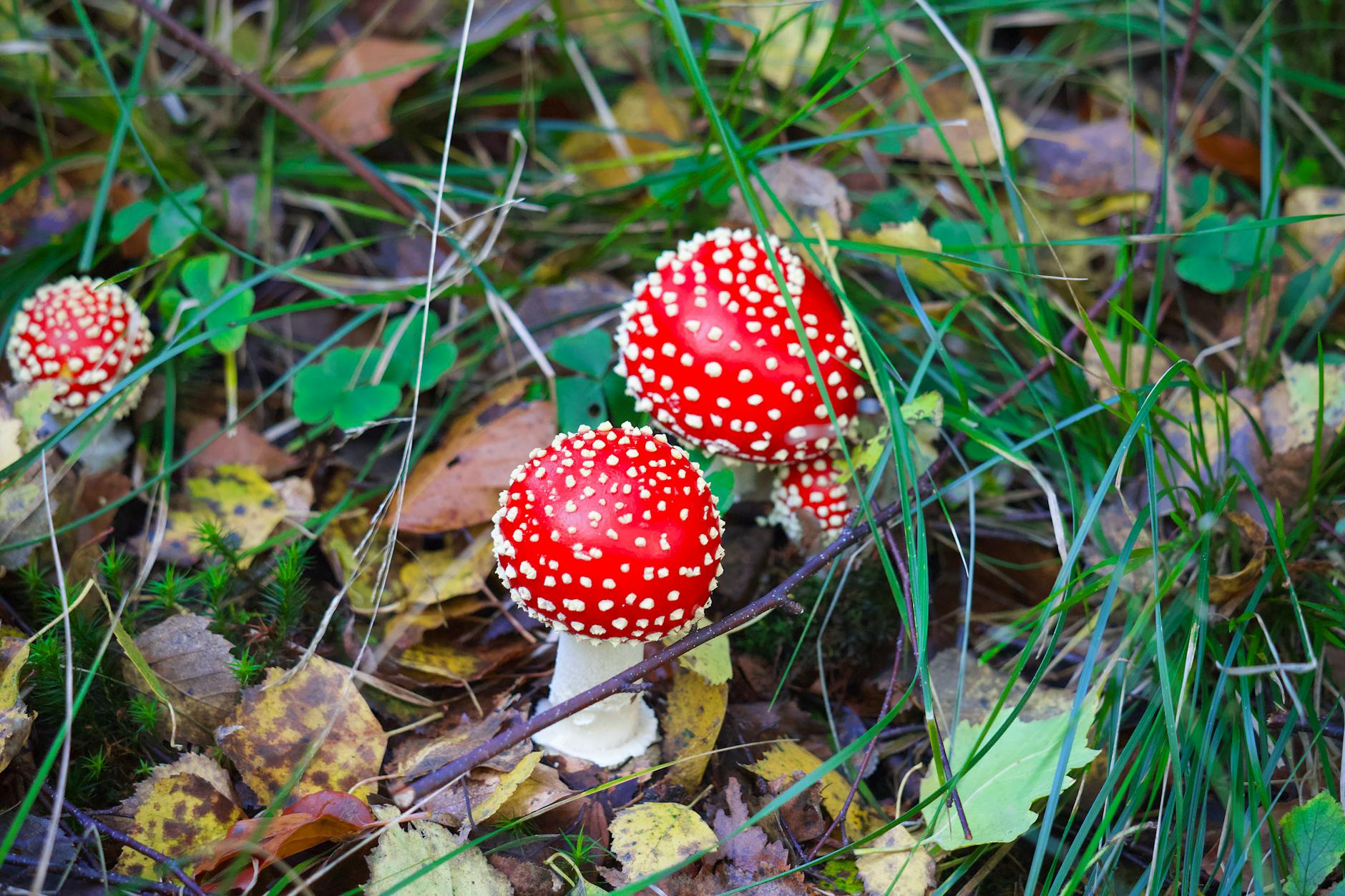Exploring the Hidden Gems: Unraveling the Morel Foraging Mania in the Midwest
The quiet forests of the Midwest come alive each spring with a peculiar and coveted treasure – the elusive morel mushrooms. Morel foraging has gained a cult-like following among nature enthusiasts and foodies alike, as these mushrooms offer a unique flavor and texture that can’t be replicated. If you’re eager to join the hunt and uncover the prime mushroom hotspots in the Midwest, read on to discover the best locations, tips for successful foraging, and the allure of these forest delicacies.
The Enigmatic Appeal of Morel Mushrooms
Morel mushrooms, known scientifically as Morchella, are prized for their distinct appearance and earthy flavor. These mushrooms are a delicacy in the culinary world, commanding high prices due to their scarcity and unique taste. Morels have a honeycomb-like cap and range in color from light tan to dark brown. They are known for their meaty texture and nutty, earthy flavor, making them a sought-after ingredient in gourmet dishes.
Hunting Grounds: Prime Morel Hotspots in the Midwest
The Midwest is a haven for morel foragers, boasting an abundance of prime mushroom hotspots. States like Michigan, Minnesota, Wisconsin, and Indiana are renowned for their morel populations. The best time to hunt for morels is in the early spring, usually between April and May, when the soil temperature and moisture levels are just right for these fungi to flourish.
In Michigan, the forests around the Great Lakes offer ample opportunities for morel foraging. Areas near rivers, old apple orchards, and recently burned or logged areas are prime spots to find morels. Minnesota’s hardwood forests, particularly in the northern regions, are also teeming with these elusive mushrooms. Wisconsin’s wooded areas and riverbanks are popular destinations for morel hunters, with the Driftless Area being a particularly fruitful location.
Tips for Successful Morel Foraging
Successfully hunting morel mushrooms requires a keen eye, patience, and a bit of luck. Here are some tips to enhance your foraging experience:
1. Timing is Key: Morels typically emerge when daytime temperatures reach around 60-70°F and the soil temperature hovers around 50°F. Keep an eye on weather patterns and plan your foraging trips accordingly.
2. Scan the Ground: Morels blend in seamlessly with their surroundings, so scan the forest floor carefully, focusing on areas with decaying logs, ash, elm, and apple trees.
3. Use the Right Tools: A mesh bag or basket is ideal for collecting morels, as it allows spores to disperse and propagate more mushrooms in the future.
4. Respect Nature: Only pick what you will consume, and avoid damaging the mycelium network that supports the mushrooms’ growth.
The Thrill of the Hunt: Morel Foraging as a Lifestyle
For many enthusiasts, morel foraging is not just a pastime but a way of life. The thrill of the hunt, the satisfaction of finding a hidden gem in the forest, and the delicious reward at the end of the day make morel foraging a deeply fulfilling experience. Whether you’re a seasoned forager or a novice explorer, venturing into the Midwest’s prime mushroom hotspots promises an adventure like no other.
Conclusion
Morel mushroom foraging in the Midwest is a beloved tradition that offers a unique connection to nature and a delicious culinary experience. With the right knowledge, strategy, and a sense of adventure, you can unlock the secrets of the forest and uncover nature’s hidden treasures. So, gear up, head out into the woods, and immerse yourself in the enchanting world of morel foraging in the heart of the Midwest.


